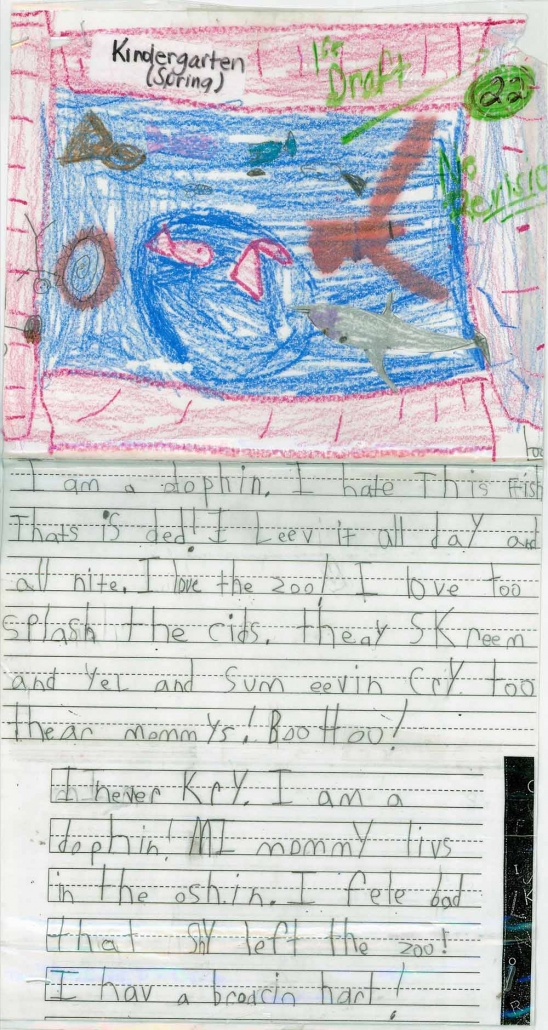When writing lesson plans for language arts, it is important that teachers utilize the Literacy Hour plans, which comprises some key areas students should engage in (Opening, Focus Lesson, Extending, Follow up).
Here are a few tips to consider when writing these lessons:
- When writing the objectives of the lessons,
educators should ensure they include the degree and condition. It should also
include at least one objective from each domain which are Cognitive, Behavioral/
Psychomotor, Expressive/ Affective.
- Educators should allow for some sort of peer/ group work which lightens the teacher's load as some students learn from their peers.
- Teachers should sit with students whether in groups, individual or whole class to offer scaffolding or insights.
- The follow-up section at the end of the lesson will guide the teacher and students about what comes next.
See a sample of a Writer's Workshop Literacy Hour Lesson Plan below.
SUBJECT:
Language Arts
TOPIC: The
Writing Process – Adverbs
GRADE: Grade Three (3) No.
of students: 16
TIME: One
(1) hour
OBJECTIVES:
With
90% accuracy students should be able to:
1. Identify at least 5 adverbs in a given passage.
– Cognitive
2. Create a descriptive paragraph that
includes at least ten different adverbs used effectively throughout their writing.
– Behavioral/ Psychomotor
3. Demonstrate pride in their writing by sharing
their work with their peers. -Expressive/ Affective
PREVIOUS
KNOWLEDGE:
§ Students
are aware of what an adverb is.
§ Students
are able to identify an advert in a given sentence.
§ Students
have basic knowledge of writing complete sentences with subject-verb agreement.
CONTENT:
- Adverbs
are words that provide additional information or describe verbs.
- Examples
sentences:
James missed the bus this
morning because he walked slowly.
Orencia performed a lovely
dance.
- ▪
List of adverbs: Lightly, gracefully, quickly,
quietly, furiously, angrily, accidentally, mysteriously, kindly, etc.
STRATEGIES
& SKILLS: Direct instruction (mini-lessons), guided practice, independent writing,
peer-sharing, and self-editing. Using descriptive language, proper punctuation,
sentence structure, revising, and editing.
MATERIALS: whiteboard, markers, writing journals, pencils, erasers, Sample paragraph
(Sentence
strips), visual aids (charts addressing capitalization, punctuation and subject-verb
agreement).
OPENING:
Step 1: In groups of 4,
students will be given a few sentence strips which must be combined as a class
to tell a story. For example the first sentence would state, It all began when
Josh landed safely on the moon.
FOCUS LESSON (10-15 minutes):
Mini-Lesson Topic: Utilizing adverbs
and correct punctuation in writing and sentence structure.
- Activity:
- The teacher will ask students to point out the adverbs
from the story created from sentence strips (e.g. slowly, quietly,
loudly) and point out correct punctuation (capital
letters, periods and commas).
- The teacher will model how to write a simple clear
paragraph using the words suggested by students.
- The teacher will remind students that the sentence
structure (subject-verb agreement) and the use of capital letters and appropriate
punctuation.
WRITING TIME (20-30 minutes):
- Activity: Students will choose a familiar experience from their memory (e.g. playing
with their dog, going to the doctor's office, watching their favorite show)
to write a paragraph consisting of 6 different adverbs.
- The teacher will provide individual feedback, helping
students use adverbs and correct their sentence structure and punctuation.
- The students will independently write a paragraph, using appropriate
capitalization and correct punctuation. Students will also revise their
paragraph making the necessary editing.
SHARING (5-10 minutes):
- Activity: Students will share their paragraphs with their peers. Encourage
peers to give positive feedback (e.g., "I like how you described the speed
of your dog vs. cat.").
- Students will practice reading their writing aloud and their pairs will
practice active listening.
EXTENDING
- Students take
home their descriptive paragraphs where they may be placed on the wall and
seen by others.
ASSESSMENT
The teacher observes
the students’ use of paragraph construction, sentence structure, and
punctuation, providing immediate feedback and assistance where needed. This will save time for intervention and scaffolding, helping students
correct errors and develop stronger writing skills.
CLOSURE
Reflect on the day's
writing experience. Students will be asked, "What did you learn about adverbs
in their writing today?" "Why is it important to use adverbs when writing?"
Reinforce the idea of using adverbs to bring writing to life.
FOLLOW UP
The teacher will give a brief review session on what
adverbs are and their functions in sentences. Organize students into small
groups to brainstorm familiar experiences they might want to write a story
about. Encourage them to think creatively and share ideas within their groups.
Each group can list potential experiences that could incorporate various
adverbs and present their final products.
TEACHER EVALUATION
By Jaylene Peters




.jpg)

